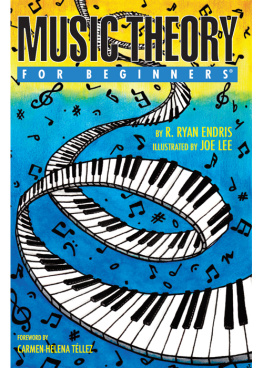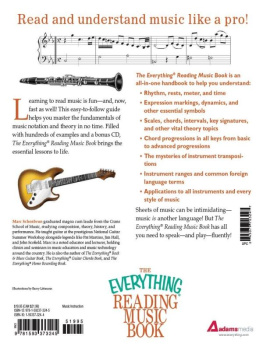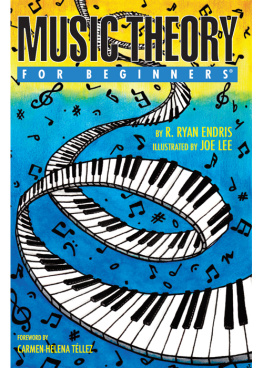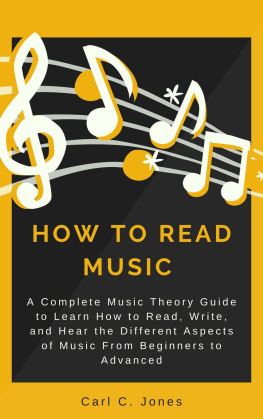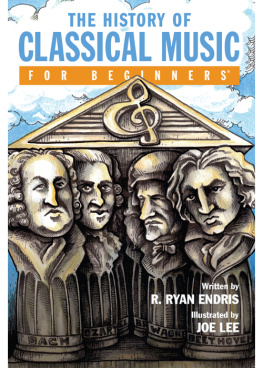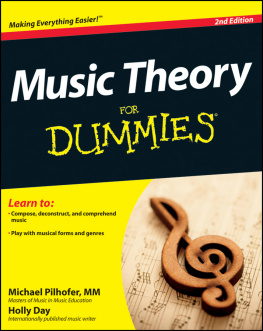

For Beginners LLC
155 Main Street, Suite 211
Danbury, CT 06810 USA
www.forbeginnersbooks.com
Copyright 2015 by R. Ryan Endris
Illustrations Copyright 2015 Joe Lee
This book is sold subject to the condition that it shall not, by way of trade or otherwise, be lent, re-sold, hired out, or otherwise circulated without the publisher's prior consent in any form of binding or cover other than that in which it is published and without a similar condition being imposed on the subsequent purchaser.
All rights reserved. No part of this publication may be reproduced, stored in a retrieval system, or transmitted in any form or by any means, electronic, mechanical, photocopying, recording, or otherwise, without prior permission of the publisher.
A For Beginners Documentary Comic Book
Copyright 2015
Cataloging-in-Publication information is available from the Library of Congress.
ISBN # 978-1-939994-46-2 Trade
Manufactured in the United States of America
For Beginners and Beginners Documentary Comic Books are published by For Beginners LLC.
First Edition
10 9 8 7 6 5 4 3 2 1
www.redwheelweiser.com
www.redwheelweiser.com/newsletter
CONTENTS

List of Figures
FOREWORD
M USIC T HEORY F OR B EGINNERS by Ryan Endris fills a need for the serious music lover who wants to go beyond mere listening and seeks to understand the way music is composed and notated. Through lively and well-organized chapters, Endris addresses the rules of melody, harmony, and rhythm that became consolidated in Western European music after 1700 in what is known as the Common Practice. These principles revolve around the implementation of major and minor scales, duple and triple meters, and structures made of a combination of expository musical material, followed by departures or variations and repetitions or recapitulations. Out of these elements the grand structures of Western music have been built, including symphonies, operas, oratorios, concertos, and string quartets.
At the same time, many popular songs that we love for their directness and tunefulness also represent these principles in pristine fashion. Even after the modernist revolutions that surged around the time of World War I, and through the dominance of urban popular dances and song genres from the Americas, the principles of the Common Practice have survived to the present day, forming the core of musical composition. Even when composers use materials outside the Common Practice, they still may reinforce it.
In this work, Professor Endris has taken care to include a brief survey of alternate ways of organizing music, succinctly addressing the emergence of notation in the Middle Ages and experimental scales in the twentieth century, providing a glimpse of how the new has departed from the old and continues to establish itself in opposition to a canonized system.
One of the reasons for the chasm between classical and popular music is the daunting prospect of reading music and analyzing it according to formulas that have the appearance of mathematical equations. The art of reading music is not transferred as commonly as it used to be. Classical music established its high cultural position partly on the edifice of music theory, including the achievement of a notation system that allowed composers to free themselves from the challenges of memorization. This liberation led to ever longer and more complex compositions of art music, performed by ever larger ensembles of virtuoso players and singers, culminating in full symphony orchestras and opera companies. By contrast, popular music has been established on the foundations of folk traditions, ritual practices, and urban social dances that can be learned by ear and played from memory. Today, however, many composers of popular music come to it after mastering the central tenets of Common Practice music theory. Even when they work strictly by ear (which many do not!), the basic rules of music theory still apply.
On some level, then, the dichotomy is false and this book helps in breaking it down. There remains something very impressive about classical musicians who learn to read music and master their instruments from a very young age, but in a parallel fashion, music can be enjoyed even more by listeners who are able to follow the score. Once you recognize the different tonal areas and their behaviors through a piecethe scales and the rhythms, the expositions, the developments, and the recapitulationsnew landscapes of meaning and understanding open up. The events of history, the stylistic trends of individual artists, and the preoccupations of every age are displayed before us by means of a new associative power and deeper insight.
Music Theory For Beginners is a wonderful key to music theory and potentially an excellent companion to any book on music history. It will open the doors to music reading and inspire the reader to new curiosities and new adventures in this great art, in all its forms.
Carmen-Helena Tllez
Professor of Conducting and Director of the Interdisciplinary Sacred Music Drama Project at the University of Notre Dame. A composer and interdisciplinary artist as well as a scholar, she has commissioned and premiered many new works and has led performances representing virtually all genres and periods around the world. She has been called a quiet force behind contemporary music in the United States today.
PREFACE
M USIC THEORY IS the study of how music is written and the fundamental elements of music in the modern Western music tradition, known as the Common Practice (ca. 17001917). Music Theory For Beginners was developed for anyone interested in learning to read and write music, a task that can be quite daunting for novices. This text will allay any such fears and set you on the path to learning what all those dots, lines, and symbols actually mean. It provides the necessary scholarly muscle to entice and inform the reader, yet it does not require any prior knowledge of music or force the reader to wade through hundreds of pages of jargon and details. Anyone can pick up this book and instantly start learning aboutand understandingmusic theory. Some terminology may already be familiar to you, even if you have no prior musical knowledge; most of it, however, likely will be new. In any case, a straight-forward explanation of music theory terminology is provided in both the main text and the glossary. The words are both italicized and bolded the first time they are presented, to draw the reader's attention.
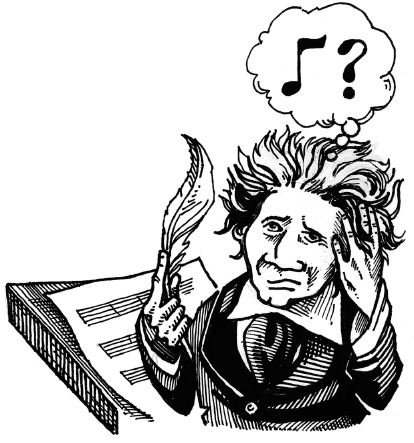
Learning to read and write music is very similar to learning a new language. You might find it helpful to read a section once, let it digest, and then review it again at a later time. Whether your goal is to gain a cursory understanding of music, become fluent in reading music, or start composing music of your own, this text will provide everything you need to know for a solid foundation in music theory. While many music theory textbooks provide elaborate examples and figures from the classical repertoire, this book does not. This text presents musical figures in a simple, straightforward fashion to help readers easily understand the concepts. Examples, background information, and sidebar material are drawn from popular as well as classical music. (Not covered in this book is guitar notation, or tablature, since it is frequently taught in jazz methods books.) I strongly encourage you, however, to follow up your studies here by reading
Next page
